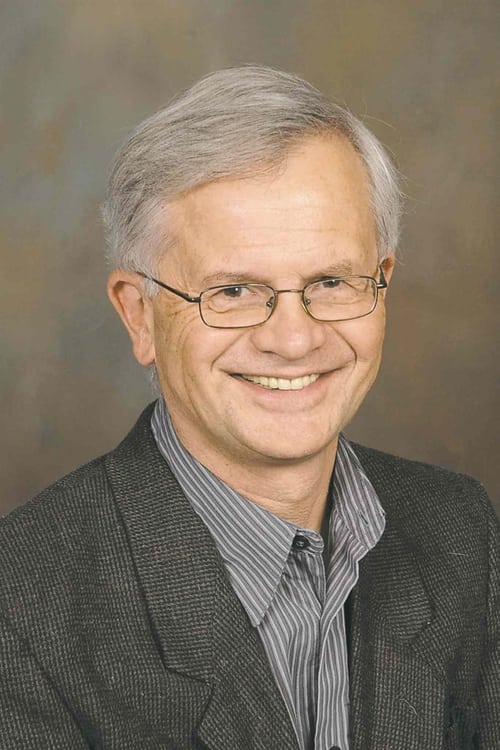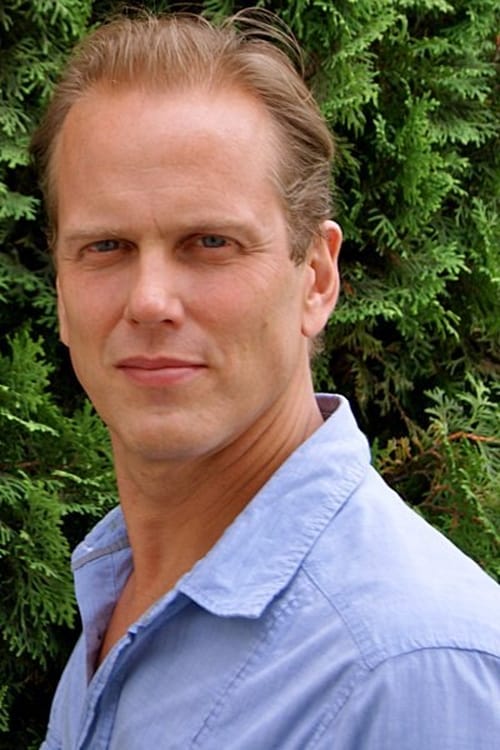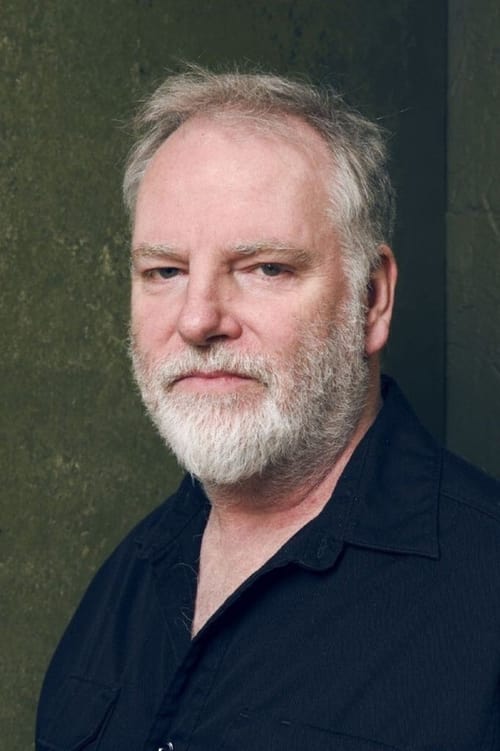Tales from the Gimli Hospital (1988)
It all happened in a Gimli we no longer know.
ジャンル : ファンタジー, ホラー
上映時間 : 1時間 8分
演出 : Guy Maddin
シノプシス
While their mother is dying in the modern Gimli, Manitoba hospital, two young children are told an important tale by their Icelandic grandmother about Ainar the lonely, his friend Gunnar, and the angelic Snjofrieder in a Gimli of old.
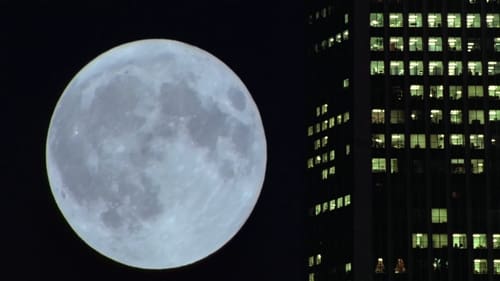
Takes us to locations all around the US and shows us the heavy toll that modern technology is having on humans and the earth. The visual tone poem contains neither dialogue nor a vocalized narration: its tone is set by the juxtaposition of images and the exceptional music by Philip Glass.

Five lonesome cowboys get all hot and bothered at home on the range after confronting Ramona Alvarez and her nurse.
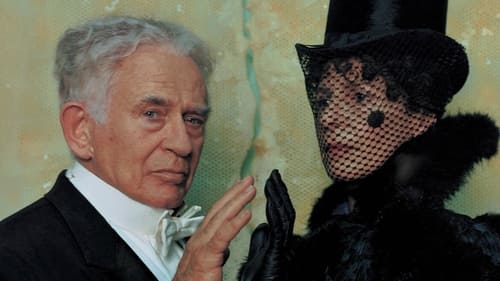
CREMASTER 2 (1999) is rendered as a gothic Western that introduces conflict into the system. On the biological level it corresponds to the phase of fetal development during which sexual division begins. In Matthew Barney's abstraction of this process, the system resists partition and tries to remain in the state of equilibrium imagined in Cremaster 1 ...
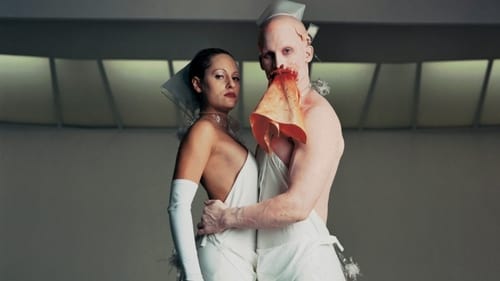
CREMASTER 3 (2002) is set in New York City and narrates the construction of the Chrysler Building, which is in itself a character - host to inner, antagonistic forces at play for access to the process of (spiritual) transcendence. These factions find form in the struggle between Hiram Abiff or the Architect ...

監獄の中、雑居房のひとつで、1人の少年が渾身の力を込め、1人の青年の首を絞めた。犯行を発見した看守たちに取り押さえられた少年は「ぼくがやりました!」と叫び続ける。この殺人事件を捜査し始める、警部(石橋蓮司)と警部補(遠藤憲一)。加害者と思われる少年は有吉淳(松田龍平)。ゲイバーで働いていた有吉は、男客から性的暴行を受けたことから逆上し殺害に及ぶ。被害者の青年は香月史郎(安藤政信)。幼い頃から様々な罪を犯し、最終的には路上で人を殴り殺した。偶然にも有吉と香月は同日に、この刑務所に投獄されている。誰にも心を開かない有吉と、気に入らないとだれかれ構わず殴り倒してゆく凶暴な香月。正反対のタイプにも関わらず、香月は有吉を守り、2人の間には濃密で暖かい空気が流れていた。そして、捜査線上に浮かび上がるもう1人の男。それはこの刑務所の新所長(石橋凌)。ぞっとするような笑みをたたえながら、恐ろしく優しい口調で話しかけるこの所長は、かつて自分の妻を香月に暴行され、結果妻は自殺するという壮絶な過去を持っていた。誰が真実を告げているのか? そして、「ぼくがやりました!」と叫び続ける有吉の真意とは……。
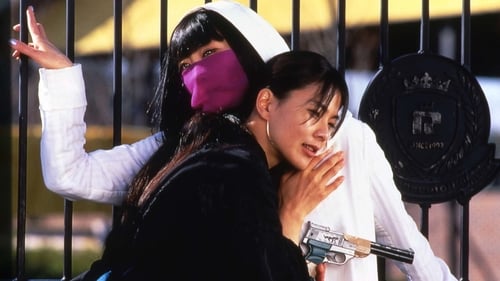
An assassin fends off numerous attacks from her comrades, who are trying to move up in rank by killing off the competition.

第25話「Air」 全ての使徒を倒したNERVに対し、サードインパクト発動を目論むゼーレが戦略自衛隊を使った武力占拠を開始する。施設が次々と破壊・占拠されていく中、シンジは戦自隊員に発見され殺されそうになるが、生きる意思を失くしていたシンジは抵抗すらしなかった。それをミサトが寸前で救出するが、移動中に銃撃に遭って負傷し、シンジにEVAで戦うよう言い残して命を落とす。 第26話 「まごころを、君に」シンジを乗せたEVA初号機を依代としてサードインパクトが始まる。これによって人類は個体の生命体としての姿を保てなくなり液化して崩れていき、その魂は「黒き月」に集められる。初号機はレイやカヲルの姿をとる巨人(第2使徒リリス)に取り込まれ、シンジはレイとカヲルに再会する。そこでシンジは人類が単体の生命となることを望まず、それぞれの個人がいる従来の世界を望みリリスは首から血を噴き出しながら倒れ崩れ落ちていく。
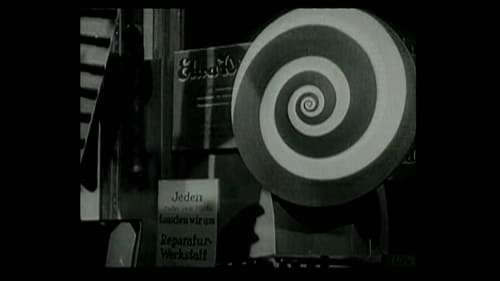
A train speeds through the country on its way to Berlin, then gradually slows down as it pulls into the station. It is very early in the morning, about 5:00 AM, and the great city is mostly quiet. But before long there are some signs of activity, and a few early risers are to be seen on the streets. Soon the new day is well underway. It's just a typical day in Berlin, but a day full of life and energy.

Dislocation in time, time signatures, time as a philosophical concept, and slavery to time are some of the themes touched upon in this 9-minute experimental film, which was written, directed, and produced by Jim Henson. Screened for the first time at the Museum of Modern Art in May of 1965, "Time Piece" enjoyed an eighteen-month run at one Manhattan movie theater and was nominated for an Academy Award for Outstanding Short Subject.

A Japanese fairy tale meets commedia dell'Arte. All in white, the naïf Pierrot lies in a wood. Doo-wop music plays as he rises, stares about, and reaches for the moon. Although music abounds and the children of the wood are there at play, Pierrot is melancholy and alone. Harlequin appears, brimming with confidence and energy. He conjures the lovely Colombina. Pierrot is dazzled. But can the course of true love run smooth?
Filmed in France in 1950, it was not completed nor released until 1971
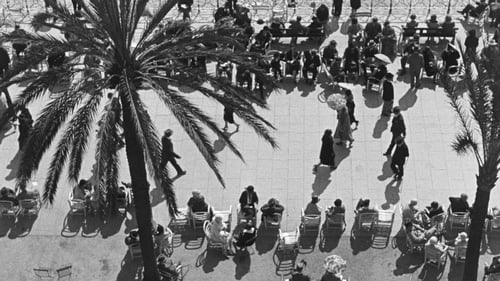
What starts off as a conventional travelogue turns into a satirical portrait of the town of Nice on the French Côte d'Azur, especially its wealthy inhabitants.
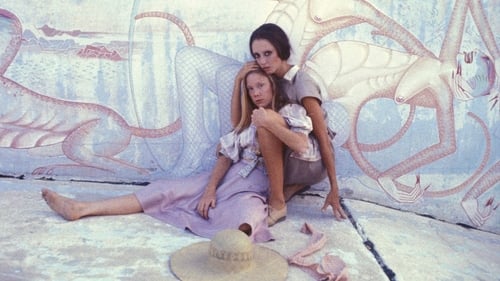
Two co-workers, one a vain woman and the other an awkward teenager, share an increasingly bizarre relationship after becoming roommates.

A spiral design spins. It's replaced by a spinning disk. These two continue in perfect alternation until the end: a spiral design, a disk. Each disk is labelled and can be read as it rotates. The messages, in French, feature puns and whimsical rhymes and alliteration. The final message comments on the spiral motif itself.
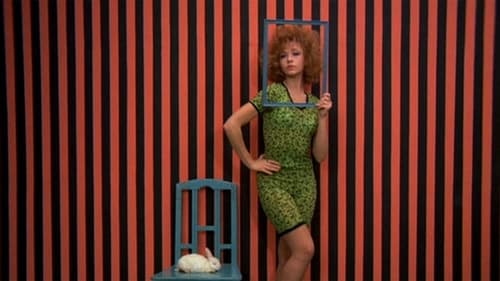
What does the energy harnessed through orgasm have to do with the state of communist Yugoslavia circa 1971? Only counterculture filmmaker extraordinaire Dušan Makavejev has the answers (or the questions). His surreal documentary-fiction collision WR: Mysteries of the Organism begins as an investigation into the life and work of controversial psychologist and philosopher Wilhelm Reich and then explodes into a free-form narrative of a beautiful young Slavic girl’s sexual liberation.

In Manhattan's Central Park, a film crew directed by William Greaves is shooting a screen test with various pairs of actors. It's a confrontation between a couple: he demands to know what's wrong, she challenges his sexual orientation. Cameras shoot the exchange, and another camera records Greaves and his crew. Sometimes we watch the crew discussing this scene, its language, and the process of making a movie. Is there such a thing as natural language? Are all things related to sex? The camera records distractions - a woman rides horseback past them; a garrulous homeless vet who sleeps in the park chats them up. What's the nature of making a movie?
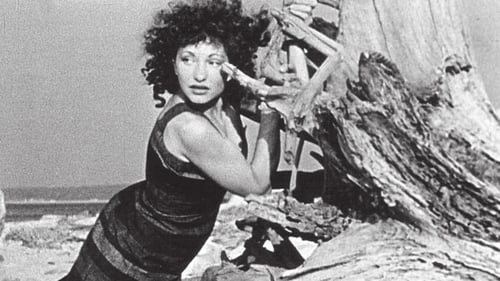
A woman lies on the sand, left there by the tides and waves (and in a pose that would be copied in From Here to Eternity). She reaches up across tree roots and makes a difficult climb. Only to discover herself climbing horizontally along a long dinner table as bourgeoise black-tie guests chat and drink and smoke, oblivious to her. At the top of the table, a man is playing chess but abandons the game. Fascinated, she gazes at board, the pieces moving unaided. The woman chases a pawn as it falls to the floor. Falls down a waterfall. Is lost.
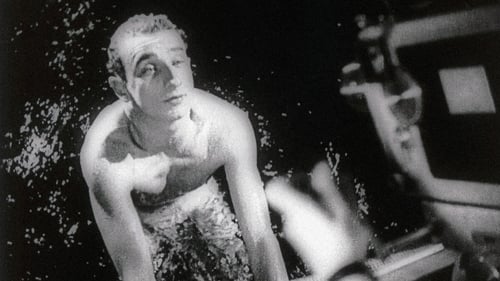
Short documentary directed by Jean Vigo about the French swimmer Jean Taris. The film is notable for the many innovative techniques that Vigo uses, including close ups and freeze frames of the swimmer's body.

2012: Time For Change is a documentary feature that presents ways to transform our unsustainable society into a regenerative planetary culture. This can be achieved through a personal and global change of consciousness and the systemic implementation of ecological design.

At Stamford Road in Dalston Junction of east London, the camera follows pedestrians, cars and birds while a narrator, who appears to be the director behind the camera, seems to instruct the objects.

Shot under extreme conditions and inspired by Mayan creation theory, the film contemplates the illusion of reality and the possibility of capturing for the camera something which is not there. It is about the mirages of nature—and the nature of mirage.



